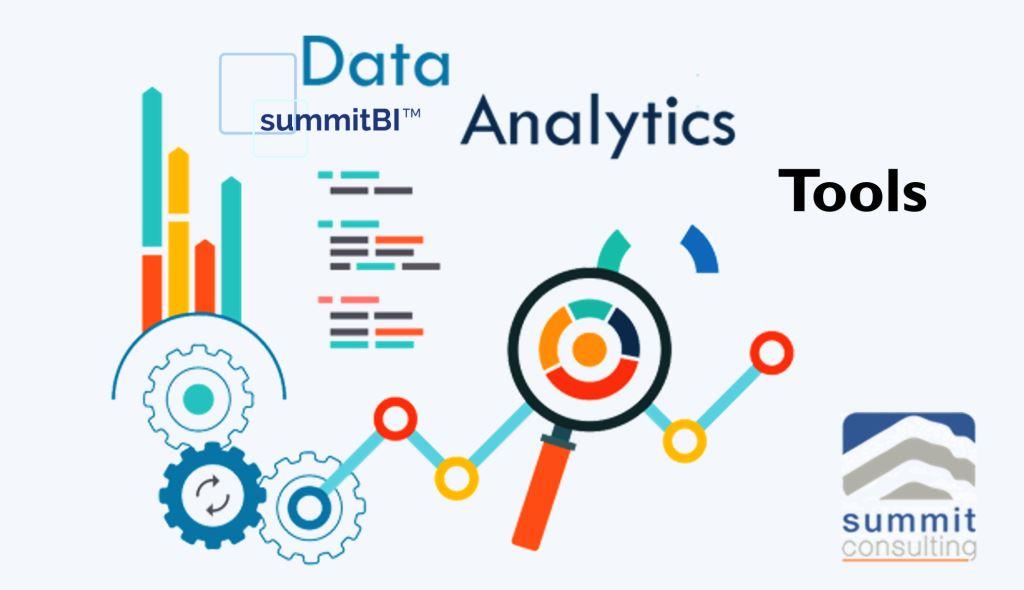How do you use data as a strategic resource to gain a competitive advantage and see what many leaders cannot see? How do you make the most of your intellectual property – client transactional data collected over the lifetime of the business, including data in all internal systems to make informed decisions instead of making strategic moves based on hearsay and opinions of inner circle allies?
In this 4th industrial revolution, data is the new oil. However, information – the processed data, is what makes the difference. You may have oil, but if you lack the leadership and technology required to mine and process it – you remain with a resource that is just in the ground. To win with oil discoveries, you must have the leadership to form winning contracts with oil companies that bring benefits to the locals and countrymen at large.
The same with data.
You must have the skills to process it into insightful information for winning decisions. How do you decide which product to sell, using which channels and which region to focus on? How do you use data to see 4-6 years ahead and predict the market dynamics that will be present so that you can invest in the right products and technologies to win when the future arrives?
The solution is to make the best of the data available.
Great companies combine both external data with internal data to deliver market intelligence and meaningful insights that are unparalleled. Using the open-source intelligence model, the internal data analytics and market intelligence special team can collect all publicly available data for analysis, see Figure 1.
Figure 1: Open-source intelligence model

In March 2017, a client approached Summit Consulting with a grand challenge: establish a data warehouse for my financial institution. As always, we started by asking why the client needed a data warehouse? To which he replied that big data was the buzzword did not want to be left behind. “I need to be ahead of this elephant called big data, machine learning, and artificial intelligence. I want our institution to be recognized as a market leader in big data.”
These are the kinds of clients every consultant dream of. The folks with grand aspirations and the conviction to boot. Big dreams plus resources to make it happen usually leads to new knowledge creation. But we needed to know the client needs further, so we asked “so what? After the data centre is in place, so what?”
The mistake
Many leaders have spent lots of United States dollars trying to lead in data analysis, business intelligence, machine learning, and artificial intelligence not forgetting virtual reality, only to waste the money because they lack a clear definition of the end game. It sounds good to say we “have a data centre.” “We have established machine learning and AI.” We are not using virtual reality in new product formulations and this is saving us money and time to market. Etc. words sound good but mere talk is cheap.
To win in the new data economy, start with the little you have – staff skills.
Training people in data science and business intelligence. Create a culture of curiosity and data-driven decision making. Reward people for making decisions informed by data. Once the team appreciates the importance of data-driven decisions, then consider the best approach to optimize business intelligence.
To win with data analytics and business intelligence, follow the following steps:
- Why do you need the data (strategy and scorecard), who needs it (structure)?
- Which specific data is needed?
- What is the best way to provide the required data?
- How do we attain competitiveness from data insights?
Once you define a), you can follow Figure 1, to define the data sources. Remember, start with the why? Why do you need data analytics? And question a) helps you answer that.
In b), study Figure 1 carefully. You can collect government data, public data sources, private sector data, and social media data. Government data can be got from government entities. For example, you can get a list of top taxpayers when published by the Uganda revenue authority during taxpayer appreciation week. During the national independence, many entities run adverts and appreciation messages, showing names and titles of the CEOs. Such information could then be collected. From the Ministry of Finance website, you will find a lot of budget information and allocations to different sectors. All of this is part of government data a serious company could start collecting.
Remember, data if not collated and analyzed, is useless. Only after someone studies it and provides a report, it becomes useful.
All this data once collected can be stored in the data warehouse or business intelligence data analytics operations centre – a central data collection house to enable real-time analysis and reporting.
Without a doubt, every organization must invest in data analytics and business intelligence capabilities. Winning institutions spend less and obtain total value. data analytics is not about theory and an exercise of spending money buying so many bespoke or vendor-specific apps. No.
You must embrace learning. Embrace data science. Be a friend of Python, SQL, Excel VBA, Apache Stark, and Ludwig, among others. Before you go for highly paid solutions, first embrace the open-source one to learn and make mistakes. So, when you finally invest in a paid tool, you know the value you need.
As a leader, if your data analytics experts are giving you a list of tools to buy, know they are just tool Turks – folks without teeth. The real experts will use the freely available solutions to deliver value. Before you write that cheque, have your team attend our data analytics and business intelligence course for advanced data analytics and you will save a fortune. Visit www.summticl.com to enrol.









